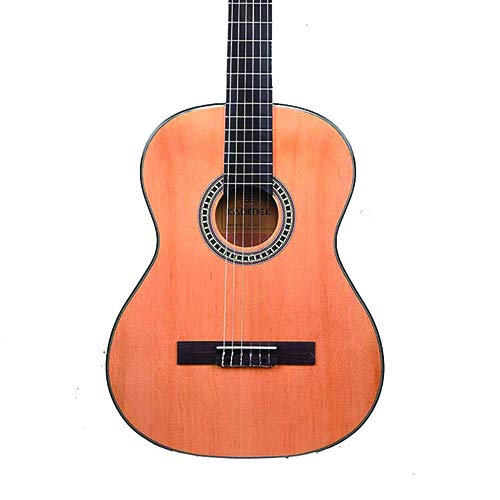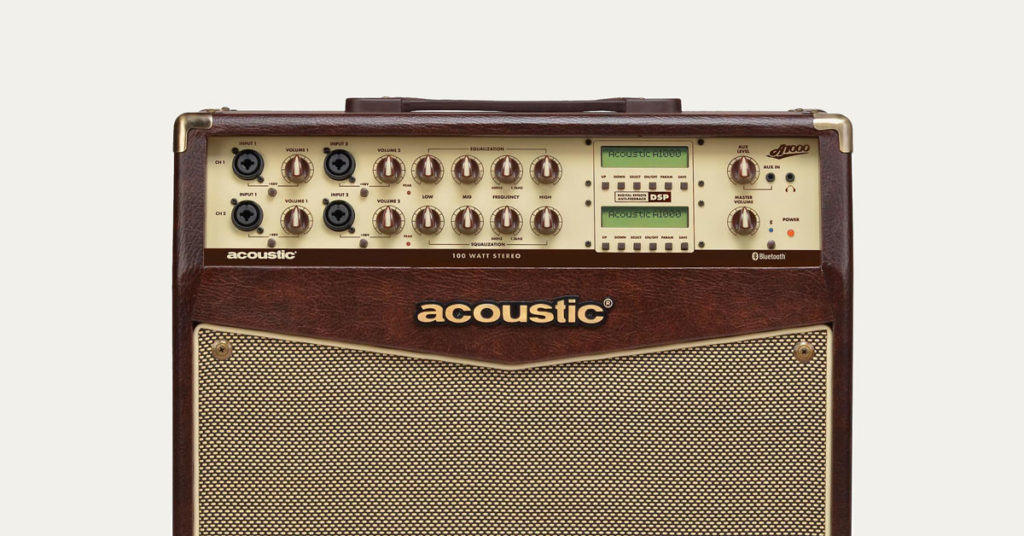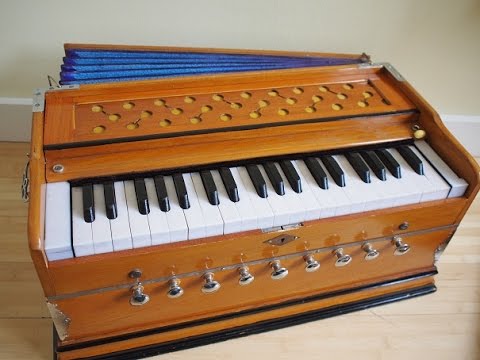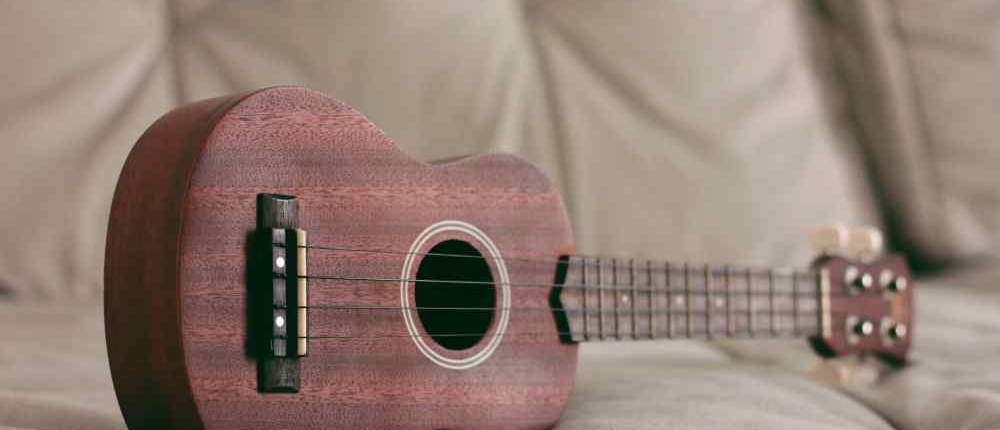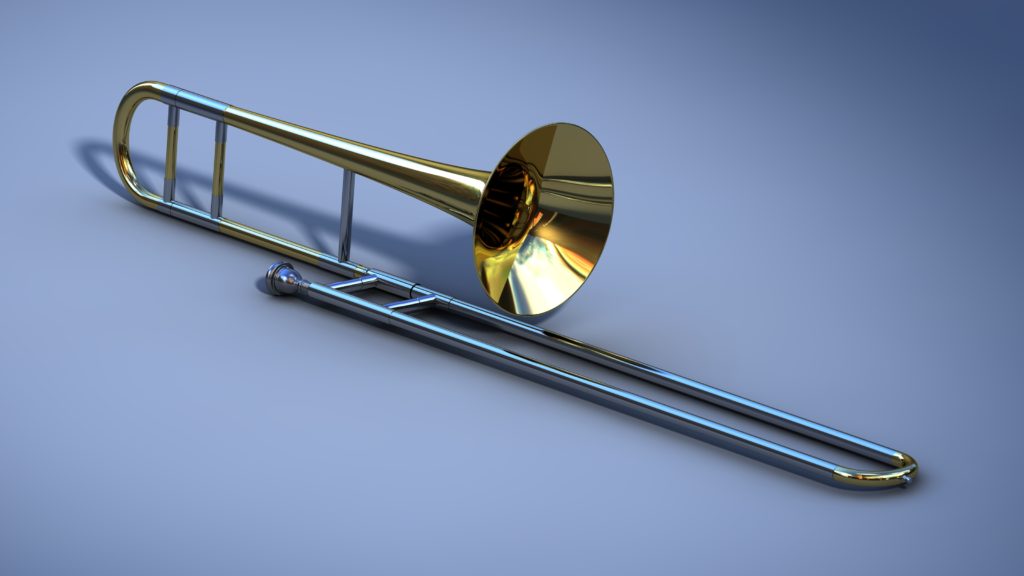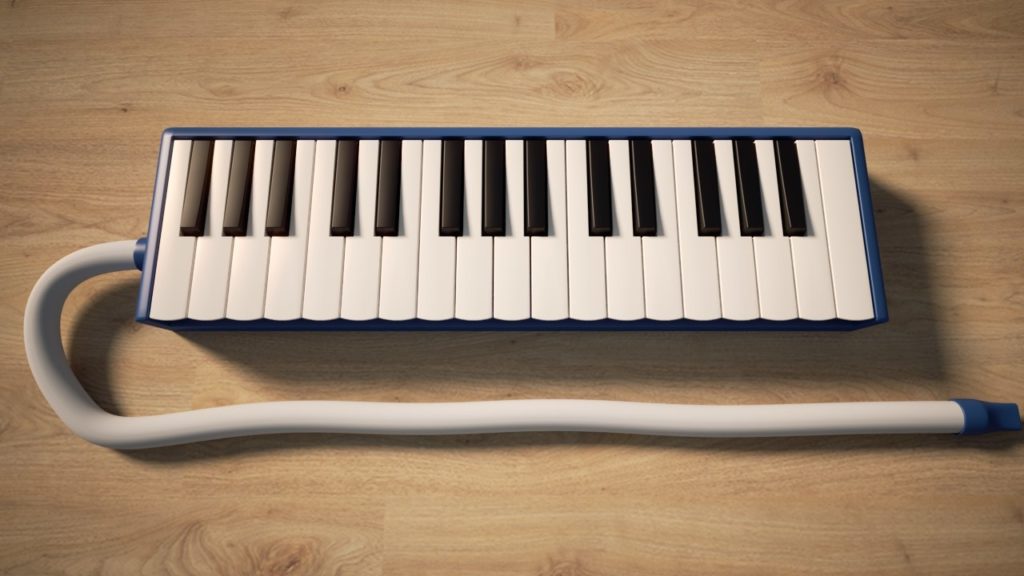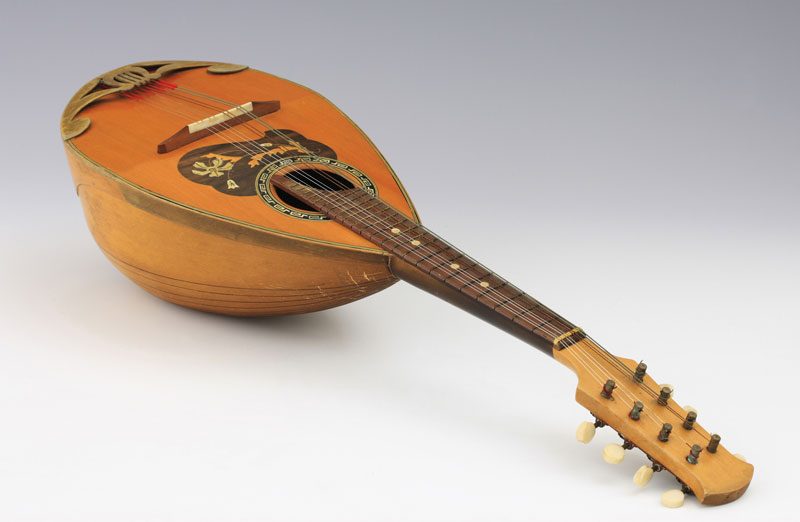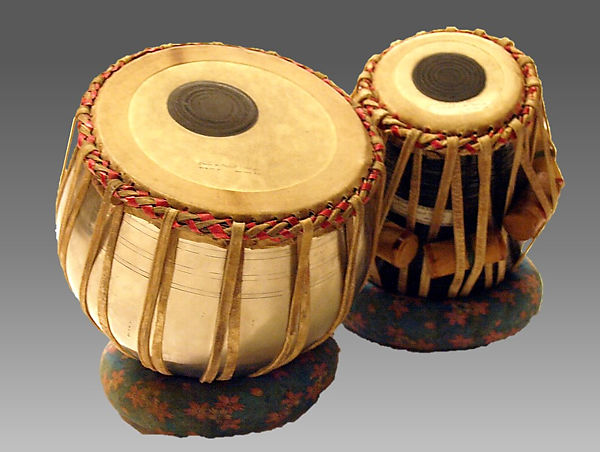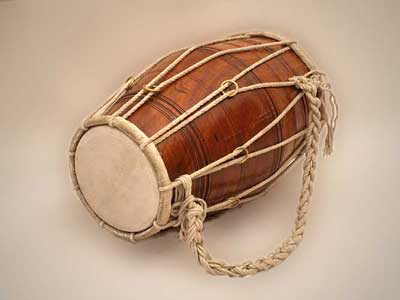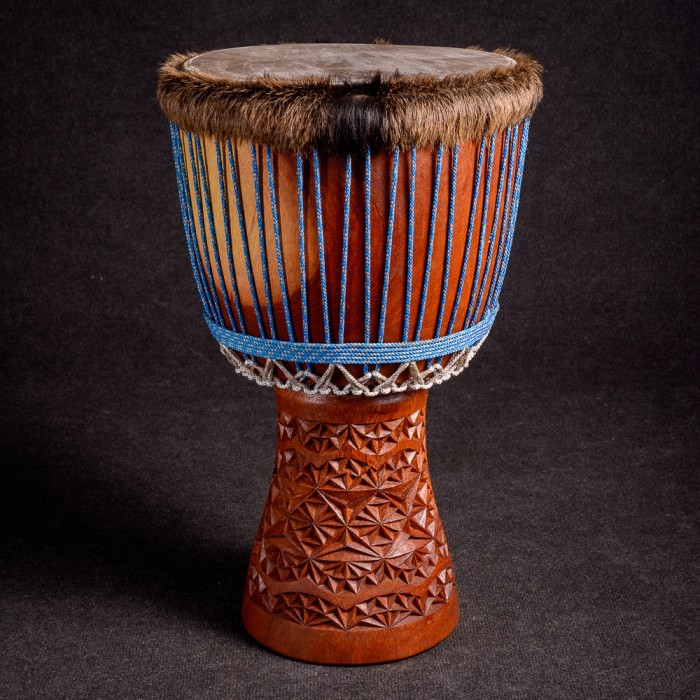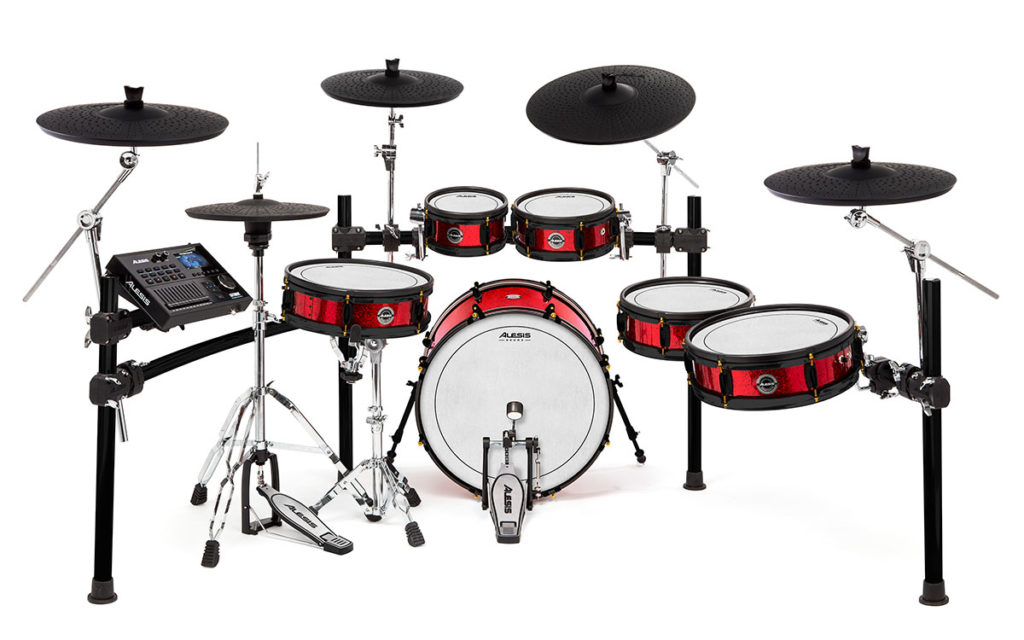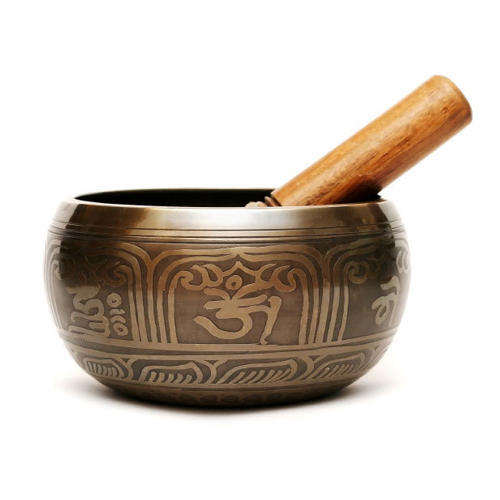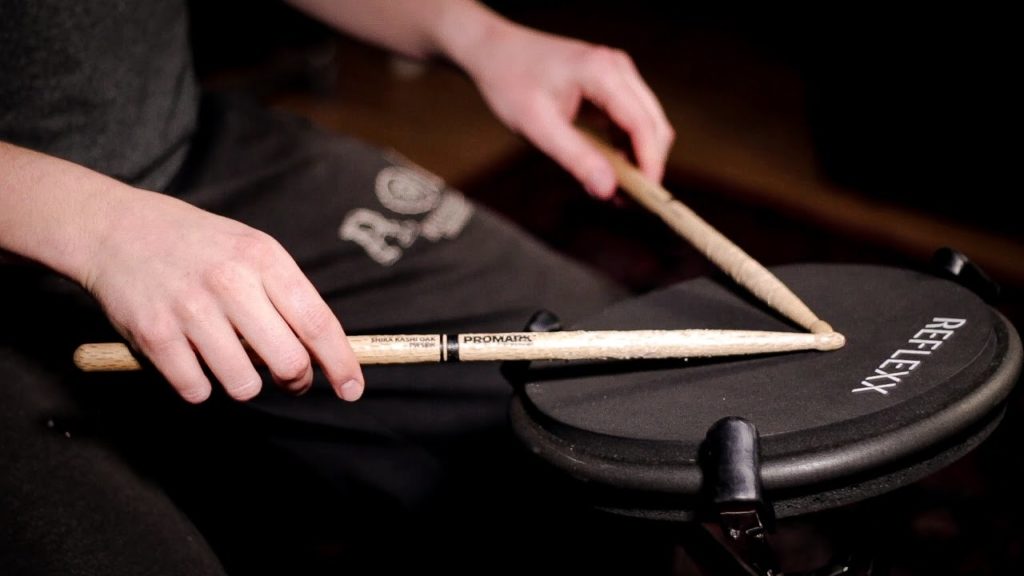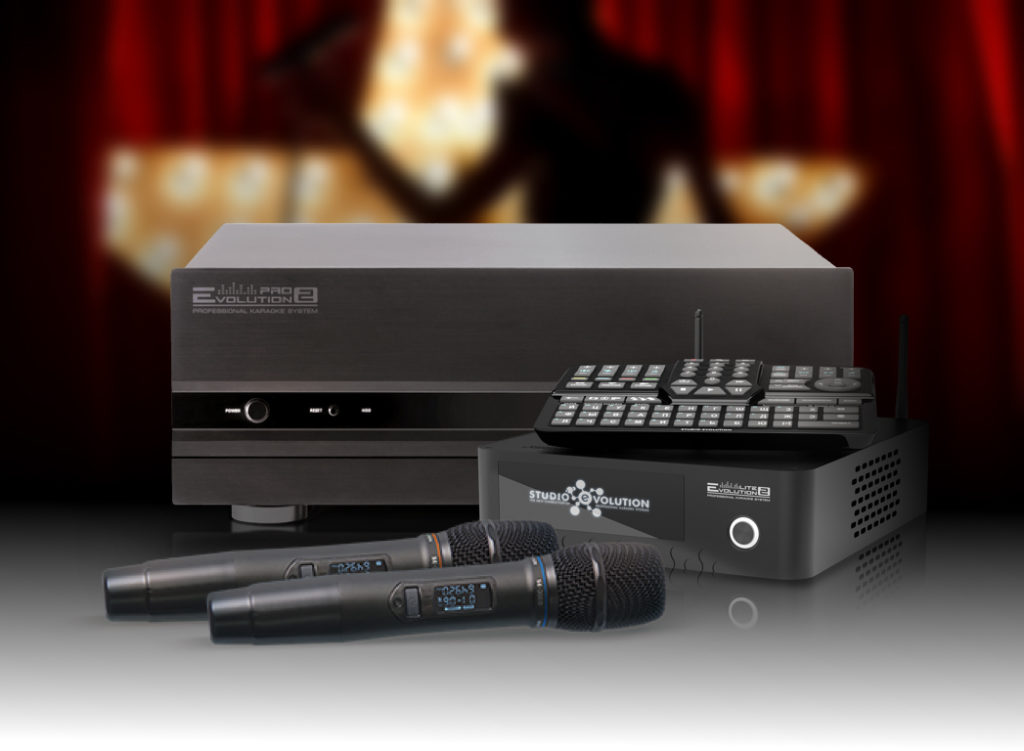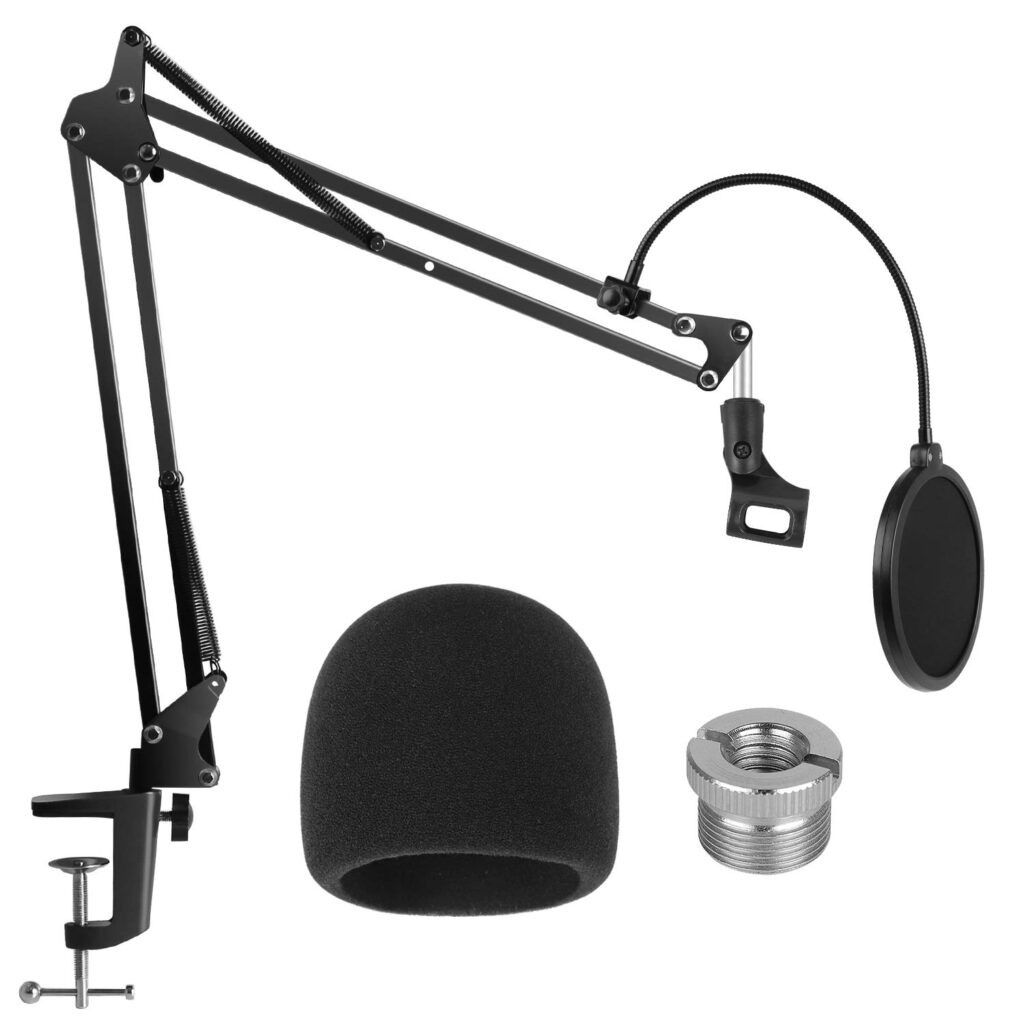Best Classical Guitar
Top 5 Best Classical Guitar | Apr 2024
Reviews, Comparison and Buying Guide

Why Classical Guitar
Because Classical Guitar can be found at much cheaper prices and have softer strings, they seem to be the “first guitar” of most people.
Bear in mind that you have to approach it differently, and please don’t compare it to their steel string progeny – Classicals may look almost identical, but are meant to be played using fingerpicking technique and are less likely to suit pop, rock and blues styles. And because they are the grandfathers of all modern steel string guitars, we should take it upon ourselves to know a little bit about them.
Best Classical Guitar | Buying Guide : Things to consider while buying a Classical Guitar
As a beginner, it can be very difficult to work out which type of guitar is best for your own needs, and even if you have established that the classical guitar is for you, how do you decide which to buy? This guide is designed to help walk you through the steps of a classical guitar, explaining the multitude of considerations for those looking to take the plunge and make a purchase.
Tonewoods
Contrary to what some beginners believe (and can be forgiven for believing), the wood of a guitar is not just in place for looks or functionality. The wood that the different parts of the guitar are made of have a big impact on the sound, and this is true of every different type and style of guitar, including classical. Some different woods are chosen for classical guitars for their tonal qualities.
The whole process of choosing tonewoods is an immensely complicated one, which Luthiers and guitar bands are always trying to perfect, but in general, the following woods are pretty common among classical guitars.
Spruce
Spruce woods are very commonly used due to their versatility. Sitka is the most popular type of Spruce wood we see in the world of classical guitars, but it isn’t the only option as Engelmann and a few other varieties have been known to be used.
The spruce wood creates a very strong, crisp sound with a wide dynamic range, meaning it covers lots of frequencies of human hearing. This can provide a lot of clarity and simplicity to the sound. We tend to associate types of wood with styles of playing, whether consciously or not, and Spruce has tonal qualities found in Flamenco and other Latin styles of playing as well as many of the other classical guitar sounds we are used to, meaning it is a good choice if you plan to dabble in multiple styles.
Spruce woods are commonly used on the soundboard, the part of the guitar where the wood has the most influence on the overall tone.
Cedar
Cedar’s tone is less clear and simple than Spruce, but this isn’t necessarily a bad thing. The added complexity of the sound is preferable for some and does provide a level of warmth. This wood is also quieter when strummed hard. This is not necessarily good or bad, just something to consider in your playing. It does mean musicians who play more softly often opt for a classical guitar featuring cedar.
Once again, this is almost always used as a soundboard wood or ‘top wood’.
Maple
Maple can be used for making sides and backs, but also for the soundboard. The density of this wood creates a lot of clear volume and lets the high frequencies within the sound ring out a little more. Maple is often the choice of musicians who plan to amplify their classical guitar and it is good for recording, too. The high-end sounds which are exaggerated with this wood really shine out in live performances or recordings.
This is used for sides and necks more often than the soundboard.
Mahogany
The words ‘rich’ and ‘Mahogany’ often go side by side when talking about furniture, but it is no different for guitar! Mahogany is another wood which can craft the sides or neck of the guitar as well, and the warmth of the sound can give a Blues feel to the music you play. Mahogany stands the test of time very well and these guitars can even become more rich and tuneful over time.
Rosewood
Rosewood is pretty much used in every variety of guitar. There is a cheaper Indian Rosewood as well as a Brazilian variety.
Rosewood has great projection and a good level of volume in the bass frequencies. The sound is versatile and consistent, which means that it is often used in beginner classical guitars or those which are trying to be well-rounded and lend themselves to many different styles. Don’t be surprised to see this paired with Spruce.
There are a few other types of wood you may see, such as Basswood, but the above wood types are the most common when it comes to classical guitars.
Classical Guitar Anatomy
Understanding certain aspects of a classical guitar’s anatomy is important when searching for a quality instrument.
Soundboard
The soundboard is the top piece of wood on a classical guitar. The sound board vibrates when the strings are played, and it notably affects the resonance and sound of your music. There are two types of soundboard construction: plywood and solid wood.
Plywood soundboards are made of three thin wood layers that are all glued together. Usually, the top layer reveals a fine grained wood while the bottom layers are of a much lower quality material.
Plywood soundboards allow for a strong and stable top, but a slightly duller sound and less resonance. Solid tops are more responsive to the vibrations of the strings and therefore create better resonance and projection.
Solid wood soundboards are assembled with two single thickness wood slabs, usually cedar or spruce, and are pieced together with a seam down the middle of the guitar. Both types of wood give different qualities to the sound of the guitar.
Spruce wood is harder and inflexible, which gives a bright, crisp sound. Cedar wood is softer, and a cedar soundboard will sound dark, mellow and warm. If you are looking for a solid top classical guitar, choose your wood based on your preferred sound.
Choose a guitar with a soundboard that has numerous, closely-spaced grains indicating older wood. Older wood soundboards vibrate easier and allow for more resonance.
Solid soundboards are always found on the highest quality (and most expensive) classical guitars. If you are on a budget, plywood soundboards still make an excellent choice for a beginner to intermediate guitar.
Body
If you are in a guitar shop and have the option to compare a few guitars side by side, it can be helpful to compare body thickness. A thicker body on a classical guitar will emphasize the lower registers whereas a thin body will emphasize the high registers.
The back and sides of a classical guitar can either be made of laminate or solid wood. This part of the guitar has less impact on the sound than the soundboard, so it is less important that this be of solid wood. Some classical guitar makers choose laminated sides because they are more stable than solid wood
Fretboards
Fretboards (a.k.a. fingerboards) are commonly constructed of Indian Rosewood on cheaper student guitars. The rosewood fingerboards are usually stained black to look more like ebony, the preferred material for higher priced guitars.
Ebony is used on more expensive guitars because it is denser and is more resistant to wear.
Action
Take note of the guitar’s action. The string action is the span between the strings and the fretboard. A high action is more difficult to play, but can produce more sound. A low action is easier to play, but will not be able to project as much and will have more string buzz.
The goal in setting the action is to get the strings as close as possible to the fretboard while avoiding buzzing. You may need help from a more experienced guitarist the first time you set up your guitar.
Spacing
Another thing to check for on the fretboard is whether or not the strings are strung with the same spacing between them. Some guitars may have wider spacing, some may have more narrow spacing.
Whether you choose a guitar with wider or narrower spacing is up to you, but if you want a quality guitar, it is important that the strings are equally spaced.
You should also check the frets to make sure they are not sticking out too far above the neck. If the frets stick out too much, it will be uncomfortable for your fingers and may affect the sound. If your frets stick out further than you’d like, simply file them down to whatever is most comfortable for you.
Tuning
Tuning machines predominantly match the quality level of the guitar for which they were intended. They can range anywhere from a plain and lightly built apparatus to heavy duty gears.
Try to find a guitar with tuning machines that are precise and long-lasting. Make sure that the tuning nuts are working well and aren’t allowing string slippage. If your guitar is constantly going out of tune, your tuners may need to be repaired.
Pick-Up
Some classical guitars have a built-in pick-up allowing you to plug it into an amplifier. If you plan to perform often, this may be a good option for you. However, if you do not plan to perform, we recommend picking a guitar without a pick-up because it makes it more difficult for the soundboard to resonate.
If you have the opportunity, it’s a good idea to try out several different guitars to find one that has the right tones, resonance and balance for your needs. A lot of the time, the “right” sound is subjective, and you just need to find the one that is that sounds best to your ears.
Nut and Saddle
The nut and saddle are the two points on which the string is positioned on a classical guitar. On cheaper guitars, these are generally made of plastic which allows for slightly less vibration of the strings. In higher-end guitars, the nut and saddle are made of bone which is harder and more receptive to sound vibrations.
Guitar Size
Choosing the size of your classical guitar might seem like a straightforward thing, but it does require a little bit of consideration. If you are an adult of average or above average size and height then the strongest possibility is that a full-sized classical guitar is for you. The body of a classical guitar isn’t excessively large compared to acoustic guitars, and it is likely to be relatively comfortable. However, there is a reason other sizes of guitars exist!
If you are a smaller adult or are purchasing a guitar for someone who is younger or smaller in stature, there is every chance that a smaller guitar is needed. The sizes which tend to be offered include:
- ¼ sized. These are designed for children, and are suitable for ages up to about 5 years old, depending on the size of the child.
- ½ sized. These are designed for children, and are suitable for ages up to about 8, depending on the size of the child, of course. These guitars are not suitable for adults to play and the fretting can be very awkward!
- ¾ sized. These are more suitable for older children up to 12 years old as well as some very petite adult players. The main reason you may opt for a ¾ sized guitar as an adult is that the fretting hand (normally your left hand) may struggle to work its way around a full-sized fretboard.
Keep in mind that learning to play guitar is always a little tricky, and there are obstacles to overcome. Even if the fretting feels a little tough to begin with, and it feels like you might struggle to reach, your fingers will eventually become stronger and more flexible and suited to playing guitar. This can also be affected by poor technique holding a guitar. Don’t assume it is too big for you and get a smaller guitar just for the sake of it.
Deciding on a guitar size having never held one is difficult. If you go to a guitar store with a big choice of classical guitars then you will get the chance to try out ¾ size, ⅞ size and full sized, see which feels more natural to your body type and sits better as you play. This doesn’t mean you have to buy from that particular store, it just gives you a bit more experience of what the sizings actually mean, rather than guessing.
Volume
Generally, the most obvious characteristic that separates one guitar from another is volume.
The classical guitar by nature is a soft, intimate instrument, especially when compared to the violin or piano. However, when trying different guitars, you may find that some guitars sound way louder than others.
Being louder doesn’t necessarily mean it’s a better instrument — rather that it was crafted to be that way, sometimes at the expensive of other important tonal aspects.
If you are planning on playing with other instruments like piano or violin, it may be worth finding an instrument that helps bridge the discrepancy. Otherwise, volume should not be a deciding factor for you.
Sound Quality
Sound quality refers to the overall tone of notes produced on the guitar.
Some of the words that describe good sound quality include warm, full, sweet, and defined. Bad sound quality, on the other hand, can be described as harsh, sharp, abrasive, and twangy.
The fact is, a good guitarist can achieve all of the good sound quality adjectives, even on a cheap instrument. This is usually a combination of the angle of attack, string pressure, and nail quality.
Tuning
With cheap guitars, tuning is always a problem. You can use your handy iPhone tuning app to make sure the open strings are all in tune, but as soon as you fret a note, it will sound bad. This is due to issues related to a complex word called intonation, and it is a common characteristic of cheap guitars.
Balance
The final tonal characteristic that is important to be aware of is balance. This refers to the volume of the lowest strings compared to the highest.
Some guitars have beautiful, round basses (the lower notes), but then the high notes sound too soft and thin. A guitar must achieve a balance between the two.
When you are comparing guitars, be aware of each instrument’s balance and make sure to test out notes on every string, both high and low.
Top 5 Best Classical Guitar – [Updated and Highly Recommended]
Comparison Chart to make your purchase easy
1.
Bestseller # 1
Yamaha C70 Classical Guitar, Natural- Award-winning classical guitar range
- 2-ply meranti back and sides for improved durability and tone
- Quality tone woods and outstanding value
- Traditional classical size and feel
- High quality ultra-thin finish
Widely acknowledged for the high quality and consistency across a wide range of instruments, from entry level to high-end. Yamaha is widely recognized as the choice of musical instrument for students and teachers. Yamaha instruments are used throughout the world by beginners and pro musicians alike. With 2-ply meranti back and sides for added strength and depth of tone, the C70 is the step up from the renowned C40. The C70 might be one of Yamaha’s most inexpensive full-size classical models, but its quality and tone are outstanding. A real bargain for beginners. Since its launch in the early 1990’s these Yamaha classical guitars have amassed a wide range of industry awards and is now firmly established as the instruments of choice amongst guitar teachers, beginners and young learners alike. Nylon string with traditional 52mm width neck and sound hole decoration finish. The C70 is outstanding value for money and a combination of exceptional playability, superb tone and a sound quality normally only associated with more expensive instruments. Top quality materials including a spruce top, rosewood fingerboard matched by Yamaha’s renowned reliability and durability have also made it a regular fixture in UK’s classrooms.
Features / Reviews
2-ply meranti back and sides for improved durability and tone
Traditional classical size and feel
High quality ultra-thin finish
2.
Bestseller # 1
Kadence Professional Nylon String Classical Guitar With Truss Rod KCL-02- Full-size classical designed for beginners
- Nylon Strings
- Cedar Top
- 22.8-inch scale length
- Dovetail neck joint
Kadence KCL02 Classical Guitar with Truss Rod from the house of Kadence. Offers a quick response and a punchy tonality. Your best bet if you are a fan of Baroque and Renaissance music. Fretboard constructed out of quality Rosewood. As a result, you obtain warm sounds with strong mid-range focus. Most importantly, the cedar top helps retain the clarity of sound even when the instrument is played with a large amount of force. Neck crafted from mahogany, which provides excellent sustain and definition.
Features / Reviews
Offers a quick response and a punchy tonality
Cedar top helps retain the clarity of sound even when the instrument is played with a large amount of force
Warm sounds with strong mid-range focus
3.
Bestseller # 1
GIVSON SUPER SPL VENUS 6-Strings, Guitar, Right/Left Handed, Black, With Case- Material: Plywood
- Color: Black
- Size: 102 cm x 43 cm x 10 cm
- Package Items: 1 Guitar
4.
Bestseller # 1
Ortega RCE125SN Thinline 6 String Electro Classical Guitar With GIGBAG- Ortega RCE125SN Thinline 6 String Electro Classical Guitar with GigBag (Savarez String)
- Features : THINLINE SATIN 2WAY TRUSS ROD - EXTRALIGHT - ORTEGA MAGUSPRO PREAMP SYSTEM SLIM NECK 48MM
- Walnut Fretboard
- Sold By ChennaiMusicals
INFO THE NEW ENTRY STAGE & LIVE LEVEL – PRICED FOR EVERYBODYS WALLET! COMES INCLUDING ONB44 ONB44 SPECIFICATION Colornatural Wood, topspruce Finish, topsatin Wood, backmahogany Finish, backsatin Wood, neckmahogany Finish, necksatin Neck type2way truss rod Wood, fretboardwalnut Binding, fretboardWalnut Wood, bridgewalnut TunerOrtega, chrome plated ElectronicORTEGA MagusPro-NL Fret19 Binding, bodymaple Scalelength650 Nut width48 mm Depth, body85 mm PickupUndersaddle Piezo 2 Way Truss Rod650mmSatin MahoganyCedarSolid MahoganyMaple ABSMahoganyWalnutWalnutChromeYesUndersaddle PiezoSavarez
Features / Reviews
2-WAY TRUSS ROD
ORTEGA MAGUSPRO PREAMP SYSTEM
5.
Bestseller # 1
Cordoba Guitars C1M Acoustic Nylon String Guitar, Full-size- Spruce top
- Mahogany back & sides
- Lightweight Full-size classical
- Satin finish
- Savarez cristal Corum strings in high tension
Benefits of Classical Guitar
Why go classical? Before you can properly understand the decision, it is important to work out the motivations behind purchasing a classical guitar as opposed to a different model, such as a standard acoustic guitar.
- For beginners, a big pro is the fact that the Nylon strings are generally easier to play than steel strings which are on acoustic guitars. Nylon strings require less finger strength when it comes to fretting, and are also less likely to leave you with calloused fingers, the curse of many new players.
- Classical guitar has a unique tone, which may be exactly what you are looking for. Long have these guitars been associated with styles such as Brazilian and Spanish guitar playing, and this could be exactly what you are looking for.
- Many good guitar teachers (or online courses for classical playing) will teach you fingerpicking techniques which can build your finger strength and speed up quickly.
- The skills you learn are transferrable to other types of guitars, as the strings and intonation of the frets are the same as electric and acoustic guitar.
Conclusion
There are more expensive models out there, but the guitars on this list hit the sweet spot for quality construction, great sound, and excellent value. This should serve as a great starting point for finding the best instrument for your needs.
When it comes to versatility, you can’t beat a good acoustic-electric guitar. Whether you want to play quiet acoustic in your living room, plug into a recording system, or rock out at a gig, you’ll be ready for any occasion or venue plugged in or unplugged.
What guitar have you decided to get? Let us know in the comments below what you chose and how it’s working for you.






